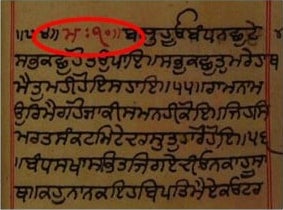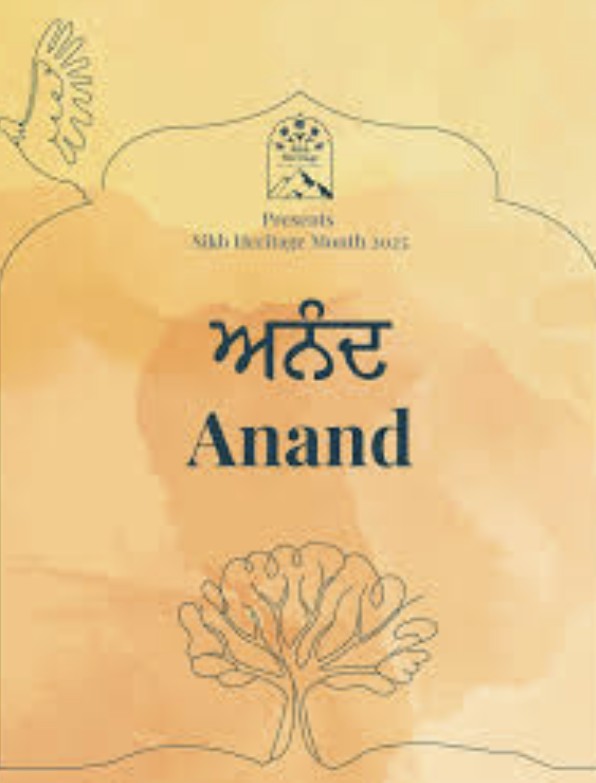Discover Sahib Ganj, a historic town in Bihar, graced by Guru Tegh Bahadur, housing sacred Sikh relics at Old Nanak Shahi Sangat. Visit now to learn more!
Explore Sobha Singh's inspiring art journey from Punjab's romantic lore to revered portraits of Sikh Gurus, demonstrating unparalleled mastery in oil painting.
Discover the significance of 'Mahala' in Guru Granth Sahib, denoting the spiritual lineage and authorship of Sikh Gurus starting with Guru Nanak.
ACHAL SAHIB, GURDWARA. sacred to Guru Nanak, is located on the boundary of Salho and Chahal villages along the Jalandhar Batala road, 6 km south of Batala (31M9\'N, 75°12\'E) in Gurdaspur district of the Punjab. The low mound on which the Gurdwara is situated, in close proximity of the ancient Hindu temple dedicated to Kartikeya, son of Lord Shiva, is popularly known as Achal Vatala. The Achal temple had since old times been a place of pilgrimage visited by sadhus from distant parts, especially during the annual fair held on the occasion of Sivaratri festival.
Discover the intriguing life of Bhai Bala, the lifelong companion of Guru Nanak, and his role in Sikh lore despite controversies.








